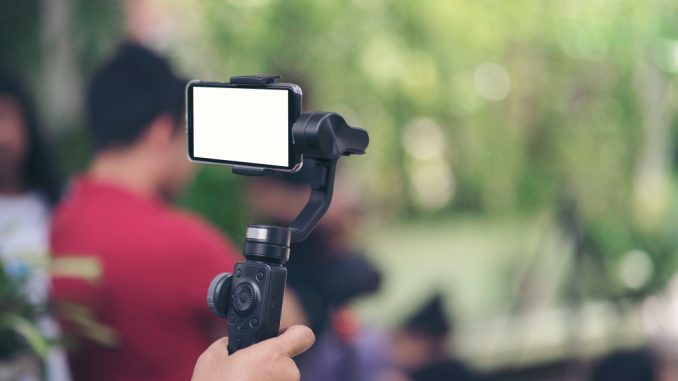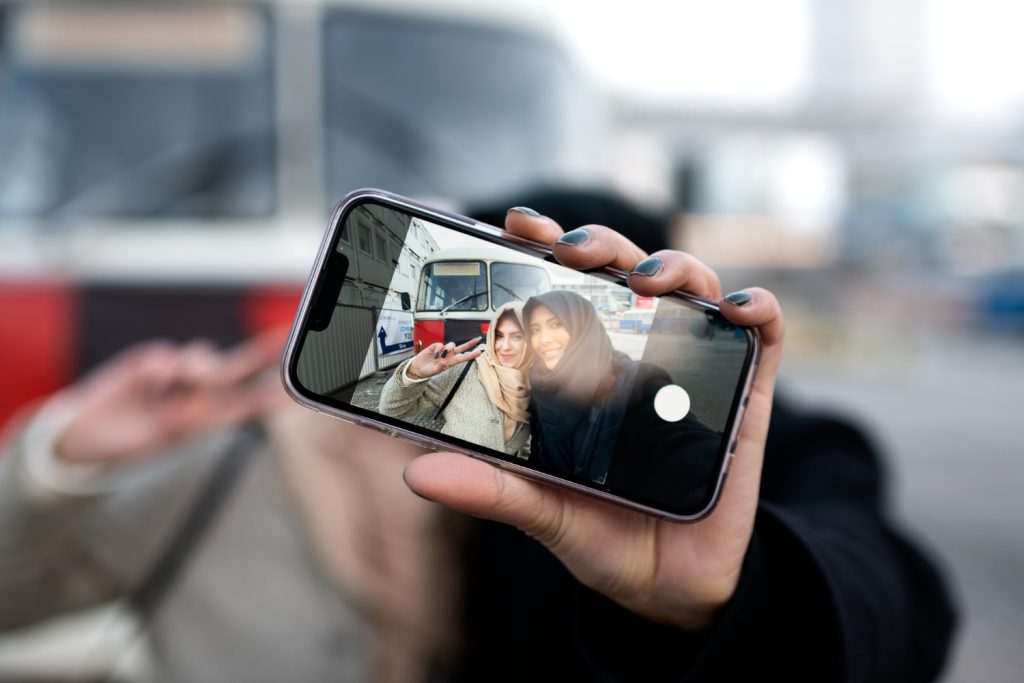
In the digital age, camera phones have become an indispensable tool for photographers, both amateur and professional. The convenience of having a high-quality camera in your pocket has revolutionized photography. However, with the vast array of options available, choosing the best camera phone can be daunting. This comprehensive guide will help you navigate the key features and specifications to consider, ensuring you make an informed decision when selecting the perfect camera phone for your photography needs.
1. Understanding Camera Phone Specifications
Megapixels and Sensor Size
Megapixels (MP) refer to the resolution of the camera’s sensor, indicating how many millions of pixels it can capture. While higher megapixels can provide more detail, they are not the only factor to consider. Sensor size is equally important, as larger sensors can capture more light, resulting in better image quality, especially in low-light conditions. Phones with larger sensors generally produce sharper and more detailed images.
Aperture and Low-Light Performance
The aperture of a camera lens, denoted by an f-number (e.g., f/1.8), determines how much light the lens allows into the sensor. A lower f-number means a wider aperture, which lets in more light and improves performance in low-light conditions. Wider apertures also create a shallower depth of field, producing a pleasing background blur (bokeh) in portrait photography.
Optical Image Stabilization (OIS)
Optical Image Stabilization (OIS) helps reduce blurriness caused by hand movements, especially in low-light conditions or when using longer shutter speeds. OIS is a critical feature for achieving sharp images and smooth videos, making it a must-have for serious photographers.

2. Evaluating Camera Features and Modes
Multiple Lenses and Versatility
Modern camera phones often feature multiple lenses, each designed for specific types of photography. Common configurations include:
- Wide-Angle Lens: Ideal for landscape and group photos.
- Ultra-Wide Lens: Perfect for capturing expansive scenes and architecture.
- Telephoto Lens: Provides optical zoom for detailed shots of distant subjects.
- Macro Lens: Enables close-up photography of small subjects.
Having a variety of lenses enhances the versatility of the camera phone, allowing photographers to capture a wide range of subjects and scenes.
Pro Mode and Manual Controls
For photographers who prefer greater control over their settings, Pro Mode or Manual Controls are invaluable. These modes allow you to adjust parameters such as ISO, shutter speed, white balance, and focus manually, giving you the flexibility to fine-tune your shots and achieve the desired results.
Advanced Computational Photography
Computational photography leverages software algorithms to enhance image quality and introduce creative effects. Features like Night Mode, Portrait Mode, and HDR (High Dynamic Range) combine multiple exposures to produce stunning images in challenging lighting conditions. These advanced features can significantly improve the overall photography experience.
3. Top Camera Phones for Photographers in 2024
Apple iPhone 15 Pro Max
The iPhone 15 Pro Max continues to set the standard for mobile photography with its advanced camera system. Key features include:
- Triple-Lens Setup: Wide, ultra-wide, and telephoto lenses with improved low-light performance.
- ProRAW and ProRes: Advanced formats for greater editing flexibility and professional-quality video.
- LiDAR Scanner: Enhances autofocus in low-light conditions and improves augmented reality experiences.
Samsung Galaxy S24 Ultra
The Galaxy S24 Ultra is a powerhouse for photographers, offering a versatile camera setup and cutting-edge technology:
- Quad-Lens Configuration: Includes a 108MP wide lens, 12MP ultra-wide lens, 10MP periscope telephoto lens with 10x optical zoom, and a 2MP macro lens.
- 8K Video Recording: Capture high-resolution videos with incredible detail.
- Space Zoom: Hybrid optical and digital zoom capabilities up to 100x for distant subjects.
Google Pixel 8 Pro
Renowned for its computational photography prowess, the Pixel 8 Pro delivers exceptional image quality:
- Dual-Lens System: Includes a wide and ultra-wide lens with superior image processing.
- Astrophotography Mode: Capture stunning night sky images with ease.
- Top Shot and HDR+: Ensure the best possible photo by combining multiple exposures.
4. Enhancing Your Photography Experience
Accessories and Add-Ons
To maximize the potential of your camera phone, consider investing in accessories such as:
- Tripods and Stabilizers: Ensure stable shots and smooth videos.
- External Lenses: Expand your creative possibilities with additional lens options.
- Lighting Equipment: Improve your lighting conditions for better indoor and low-light photography.
Editing Software and Apps
Post-processing is an essential part of modern photography. Utilize powerful editing apps like Adobe Lightroom, Snapseed, and VSCO to enhance your photos and achieve professional results. These apps offer a range of tools for adjusting exposure, color balance, sharpness, and more.
5. Making the Right Choice
Assessing Your Needs and Preferences
When choosing the best camera phone, it’s crucial to consider your specific photography needs and preferences. Ask yourself the following questions:
- What type of photography do you enjoy most? If you love landscape photography, prioritize phones with excellent wide-angle and ultra-wide lenses. For portrait photography, look for devices with superior bokeh capabilities.
- How important is video quality? If you frequently shoot videos, opt for phones with advanced video recording features, such as 8K resolution and high frame rates.
- Do you need manual controls? Photographers who prefer to fine-tune their settings should look for phones with robust Pro Mode or manual controls.
Balancing Features and Budget
While high-end flagship phones offer the best camera capabilities, they come at a premium price. If you’re on a budget, consider mid-range options that still provide excellent camera performance. Prioritize the features that matter most to you and find a device that offers the best balance between quality and affordability.
Conclusion
Choosing the best camera phone is a crucial decision for any photographer. By understanding key specifications, evaluating essential features, and considering your personal needs, you can find the perfect device to elevate your photography. Whether you’re a professional photographer or an enthusiast, the right camera phone can help you capture stunning images and unforgettable moments with ease.
If you want to read more information about how to boost traffic on your Website just visit –> The Insider’s Views.
Leave a Reply